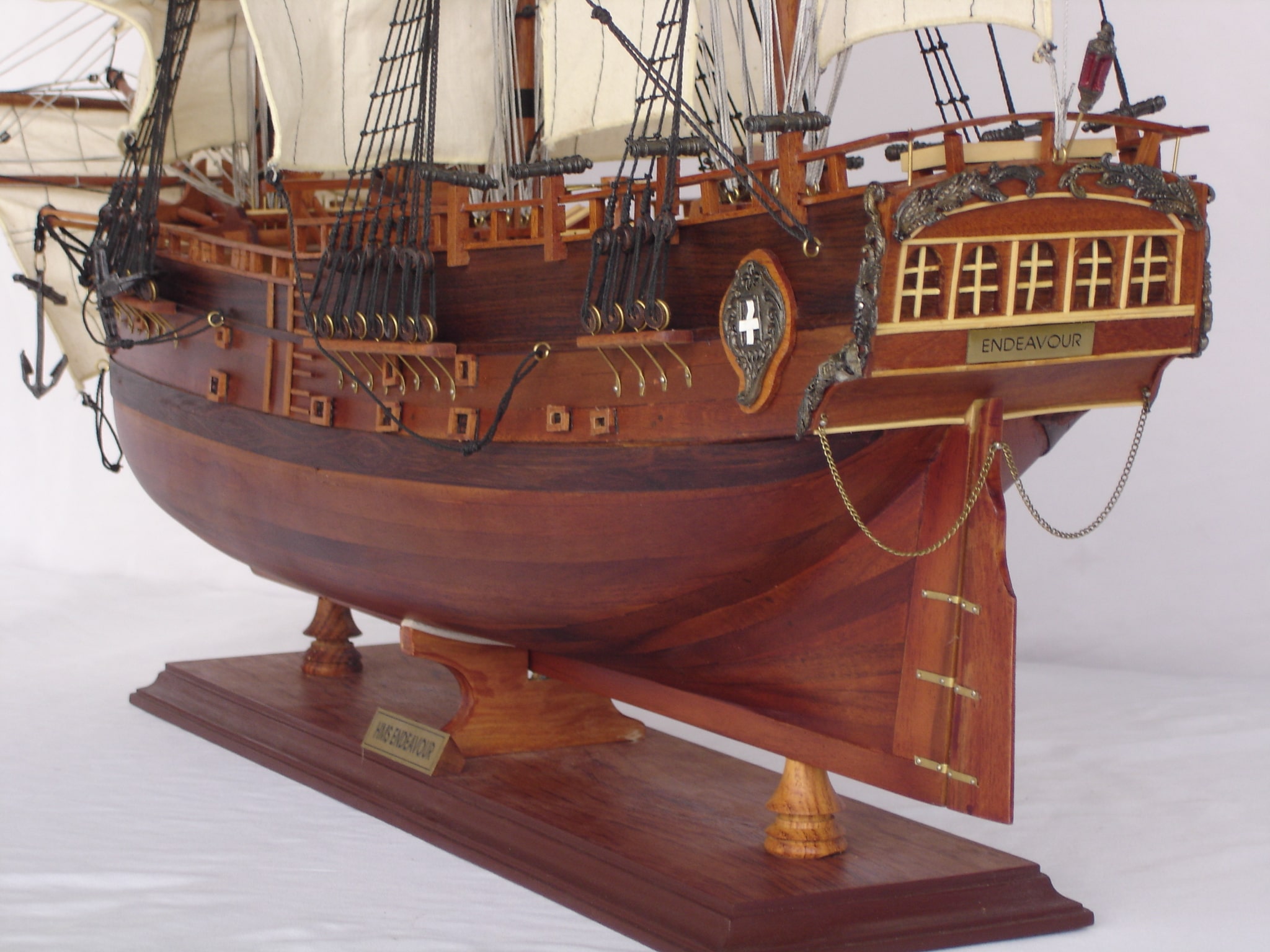
Model Boat Plans for Advanced Builders: Taking It to the Next Level â€" Beyond the Blueprint
The world of model boat building offers endless possibilities, but advanced builders often find themselves hitting a plateau. This isn't a lack of skill, but rather a limitation of readily available resources that go beyond simple plan replication. This review tackles those limitations, exploring less-discussed aspects of advanced model boat building through a Q&A format, aiming to provide new perspectives and inspire innovation.
Beyond the Static: Embracing Dynamic Model Building
Most plans offer a static representation. But what about incorporating movement beyond simple sailing or propulsion?
Q: How can I add realistic, dynamic elements to my model boat builds?
A: Think beyond the hull. Consider integrating:
- Working cranes and winches: Using micro-servos and gearing mechanisms, you can create functional loading and unloading systems, particularly realistic for cargo ships or tugboats.
- Articulating masts and booms: Advanced sail control, mirroring the complex movements of real sailing vessels, requires precise engineering but elevates realism dramatically.
- Interactive lighting systems: LEDs and microcontrollers allow for realistic navigation lights, interior lighting, and even dynamic effects like flashing emergency lights.
- Remote-controlled appendages: Implement remote control for rudders, anchors, or even lifeboats for enhanced playability and demonstrative capabilities.
These additions require advanced woodworking and electronics skills, but the resulting model transcends a static representation, offering a captivating dynamic experience.
Material Innovation: Exploring Beyond Traditional Woods
While wood remains a classic, exploring alternative materials opens new avenues for advanced model boat builders.
Q: What materials can I explore beyond traditional wood for model boat construction?
A: The options are surprisingly diverse, each with unique advantages:
- 3D-printed components: Intricate details, customized parts, and complex shapes become achievable. This allows for the creation of highly detailed parts that would be impractical to carve from wood. (Source: Recent studies in additive manufacturing for miniature model making â€" search for relevant academic papers on databases like IEEE Xplore or ScienceDirect).
- Carbon fiber reinforcement: For high-performance models, incorporating carbon fiber into the hull structure significantly enhances strength-to-weight ratio, improving speed and maneuverability. This technique is common in high-end model aircraft construction and can be adapted.
- Vacuum-formed plastics: For complex hull shapes, vacuum forming offers a cost-effective way to achieve smooth, consistent surfaces. The technique is commonly used in the prototyping industry and can be adapted to smaller scales.
Experimentation is key. Remember to research the properties of each material to ensure compatibility and structural integrity.
The Story Behind the Ship: Historical Accuracy and Narrative
Building a model isn't just about the technical aspects. It's about the story. Advanced builders can elevate their craft by focusing on historical accuracy and narrative.
Q: How can I infuse my model with a compelling narrative?
A: Beyond the accurate replication of a vessel's design, consider:
- Researching the vessel's history: Incorporate authentic details like crew names, voyage routes, or significant events into your model, potentially through accompanying display materials or even a small accompanying booklet.
- Creating a diorama: A carefully crafted diorama showcasing the ship in its historical context (a bustling port, a raging storm, or a specific battle) adds immense narrative depth.
- Developing a fictional backstory: If building a fantasy or speculative design, crafting a compelling story about the vessel enhances the overall impact. This is especially appealing for those building models based on literary or cinematic ships.
By combining technical skill with historical research or creative storytelling, you transform a model boat into a miniature work of art that resonates on multiple levels.
Ultimately, taking model boat building to the next level involves pushing boundaries, experimenting with new materials and techniques, and infusing your creations with compelling narratives. It’s about more than just following plans; it's about transforming passion into a unique and enduring piece of craftsmanship.
0 comments:
Post a Comment
Note: Only a member of this blog may post a comment.